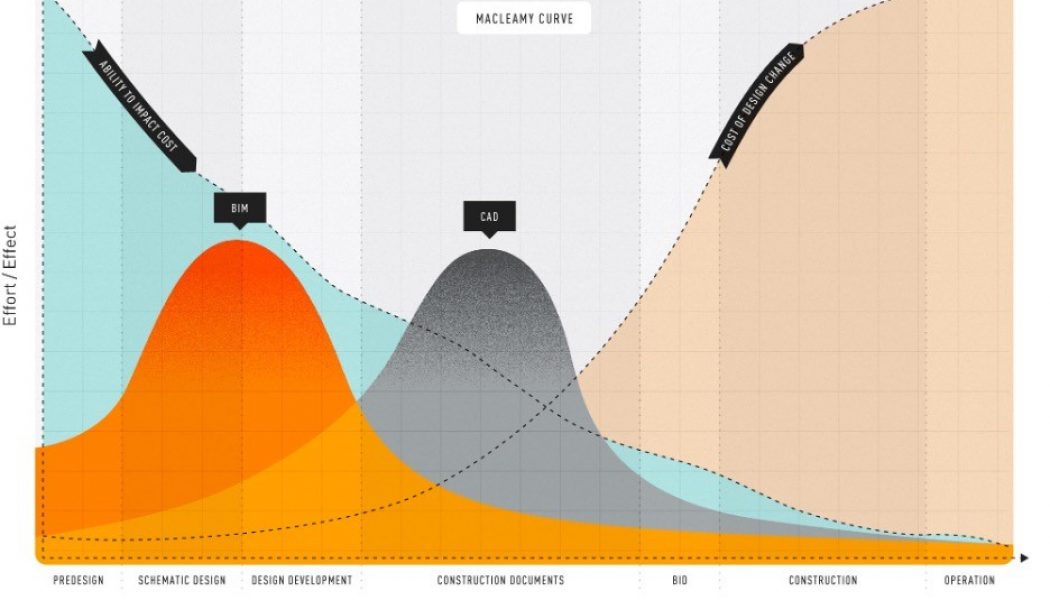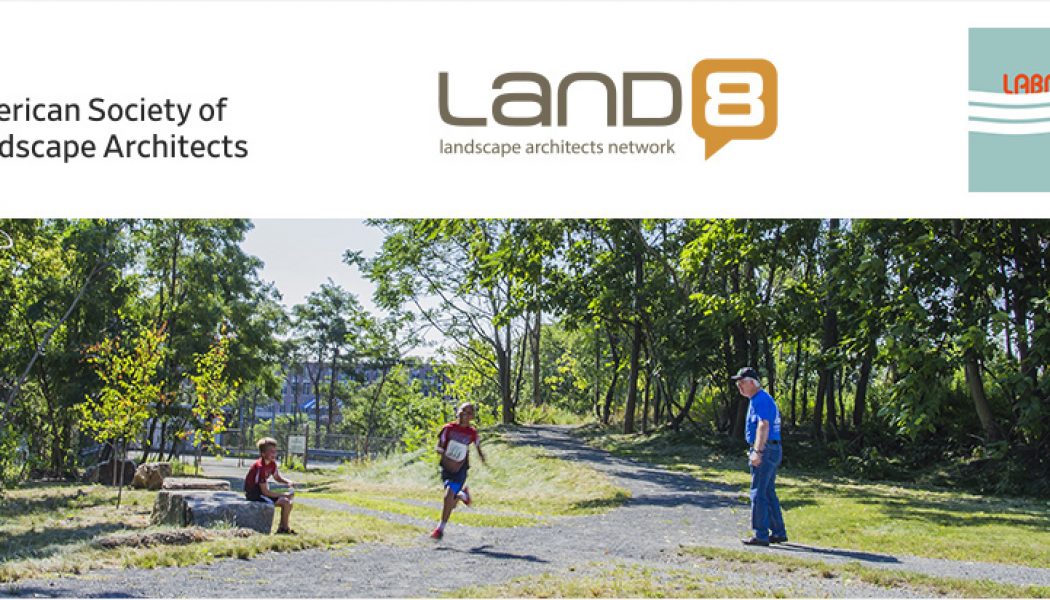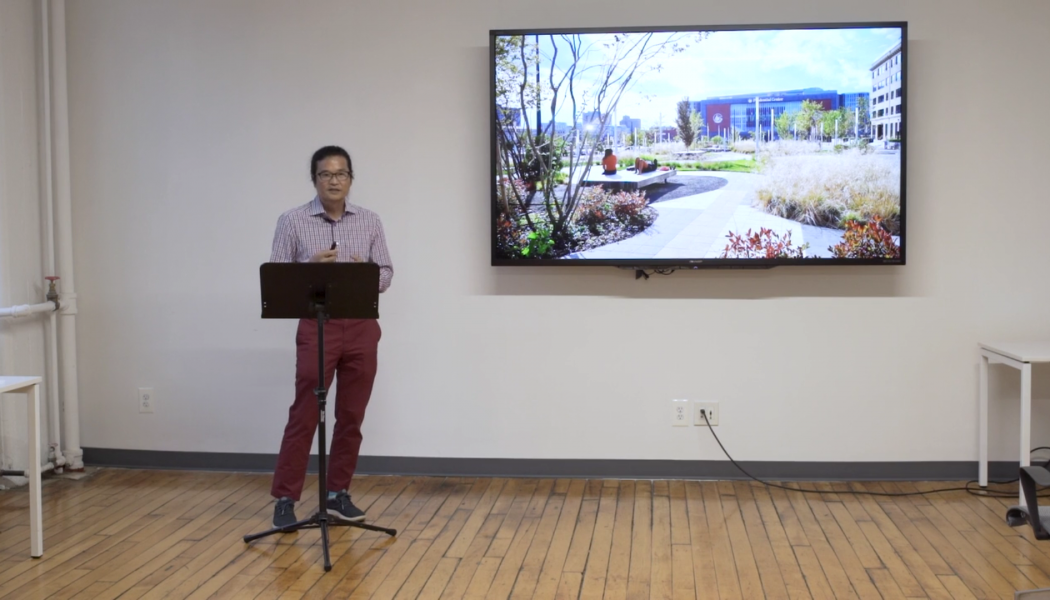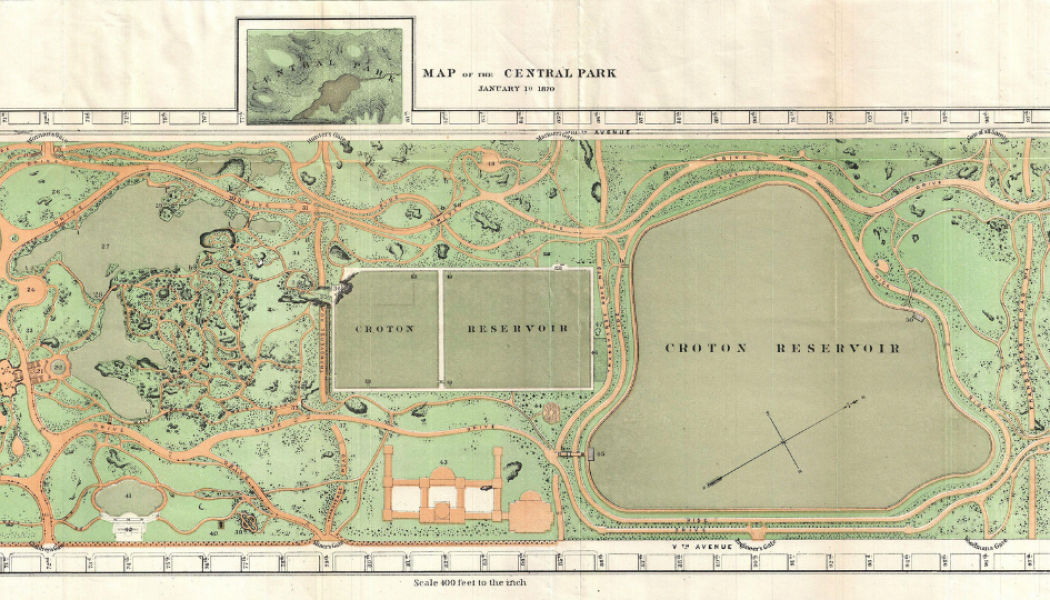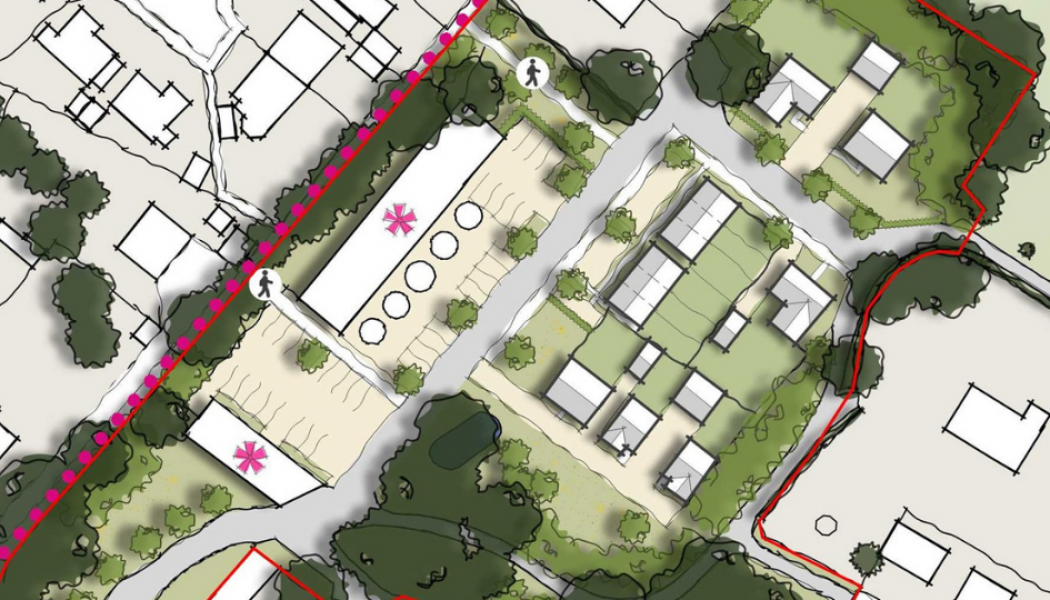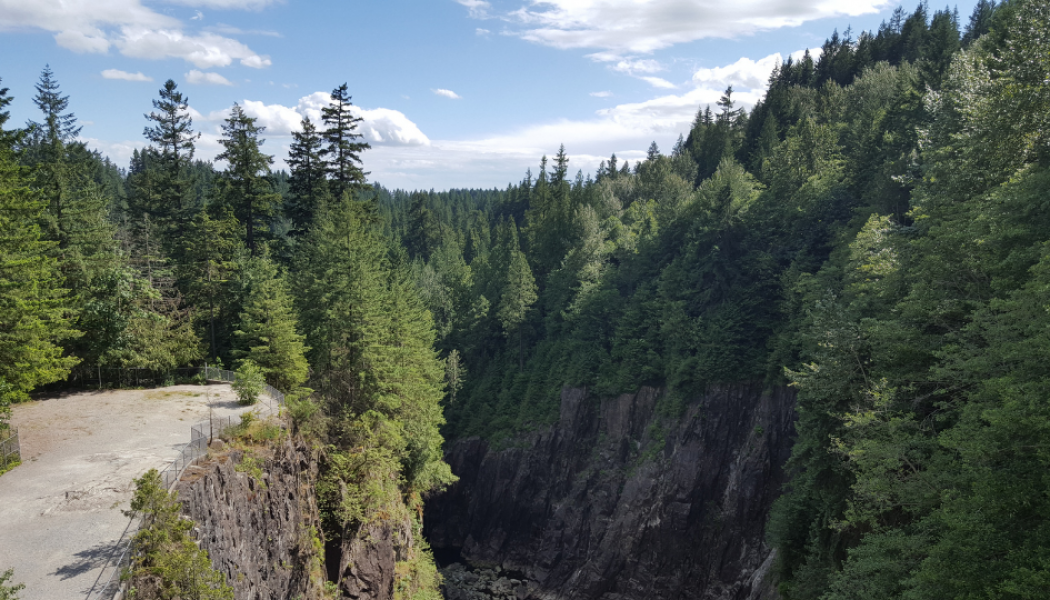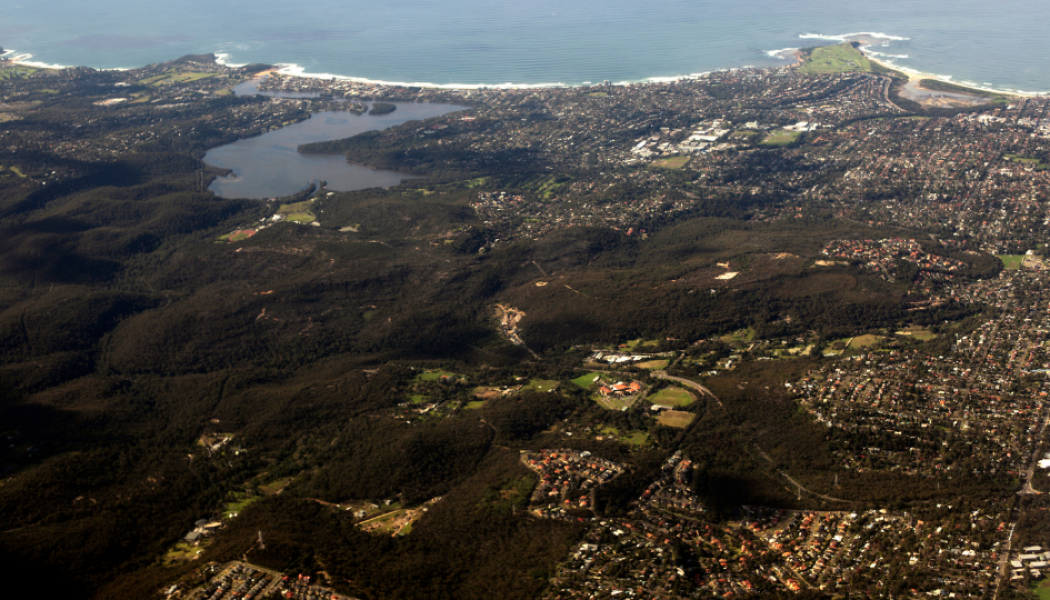Cover Story
Posts to be featured on the Home Page Slider
3 Ways to Make BIM Work for You in a Landscape Project
Building information modeling (BIM) can appear complicated if you’re new to it. How is it possible to manage potentially vast amounts of site information while remaining true to the project’s vision? And, perhaps more importantly, without getting overwhelmed or questioning the team’s commitment? Whether you’re approaching BIM confidently or with a bit of hesitation, this article is meant for you. We’ll concentrate on three proven strategies for staying on top of a BIM implementation. Strategy #1 – Focus on the Incentives What are the incentives? Many firms find that BIM streamlines project delivery. When your model becomes a singular source of truth for all proposed site elements you’re responsible for, you save time and effort during documentation. Some tools, like Vectorworks Landmark, i...Read More
New Partnership with ASLA
Happy New Year! We have exciting news to share! Over the last few months, Land8 has been working on a strategic partnership with the American Society of Landscape Architects (ASLA) that will bring more features and better content for readers and provide opportunities for Land8 to grow in new ways. Land8 was founded in 2008 by emerging professionals of ASLA as Land8 Lounge, the social network for landscape architects, and it has grown to become one of the top five resources for landscape architects online. And that’s not even mentioning the events and legendary parties. So why partner with ASLA now? First, ASLA can provide financial, technical and administrative support that will help grow Land8. Second, Land8 partnership can provide ASLA an expanded ability to raise awareness of the profes...Read More
Grounding Stories in Place [Video]
Taewook Cha, founding principal and landscape architect of Supermass Studio, discusses how stories in the landscape are the key to professional excellence at the Land8x8 Lightning Talks. With 25 years of experience, Cha notes how landscape architects often use phrases and terms that seem like vaguely grand yet promising gestures. “Urban Life Forms” and “Exemplary Environments” seem like shining examples of design integrity but lack clear meaning and impact. Thus, the outlook of landscape architecture may not fall in the pinpointing of the terms that buzz the community. “There were times where we believed the future of landscape architecture depended on our ability to conceptualize and theorize abstract words, but the future relies on our ability to relay people’s stories through the landsc...Read More
Finding Inspiration in Unlikely Places to Create Something Extraordinary
After being in the Landscape Architecture industry for over 40 years, I’ve learned that you can often find inspiration from places you least expect. Traditionally, I brainstorm and find ideas from looking at cutting-edge architecture, contemporary artists and nature, and I try to frequently think outside the box and see things from different points of view. One of my favorite sources of inspiration is Leonardo Da Vinci. He never looked at other artists’ work for inspiration, as he knew that he would never come up with something new if he was mimicking or creating a different version of what already existed. Even though I often try to push my own creativity, I’m still sometimes surprised by the places I can find new ideas. For one of my latest projects, something truly unique inspired...Read More
Landscape Architecture, Media, and NJASLA
“Frederick Law Olmsted is rightly remembered as an eminent landscape architect, but in 1861 it was his work as a journalist and an administrator that brought him acclaim.” (New York Times) That’s right, even Olmsted knew the power of journalism and media to advance the causes he would champion, particularly his antislavery views. This year, at the New Jersey Chapter of the American Society of Landscape Architects (NJASLA) Annual Meeting, the theme is “The Legacy of Olmsted: Landscape, Advocacy and Communication”. This theme recognizes the accomplishments of Frederick Law Olmsted beyond the landscape, including his commitment to advocacy in the public realm and as a journalist. The various education sessions, both in-person and virtual, explore this same multi-disciplinary...Read More
Why Deforestation Is Not Always Bad
Forests represent the green lungs of Europe. They can provide an essential resource not only at an ecological level but also at an economic level. The interest among the European community in wooded areas has grown dramatically in recent years, partly due to the contentious issue of global warming. This article sets out an argument for controlled “deforestation”, as an important maintenance tool for the health and vitality of forests. We also present a series of solutions to the issue of uncontrolled forest expansion in order to preserve the forest flora and fauna while encouraging close contact with our environment in order to develop a sustainable rural sector. Forest as Both Land Use and Habitat Europe’s forests span 182 million hectares or 5% of the world’s forest area. The...Read More
Green Roofs for Healthy Cities Launches CitiesAlive Virtual 2021
Green Roofs for Healthy Cities Launches CitiesAlive Virtual 2021 Green Roofs for Healthy Cities, Green Infrastructure Foundation, and the World Green Infrastructure Network have teamed up to bring you CitiesAlive Virtual 2021, to be held from November 8-11, 2021. This virtual event will showcase outstanding keynote speakers from around the world who will share cutting edge green infrastructure projects, emerging research and technologies, and best design practices. With a focus on designing urban spaces to solve new and existing environmental, economic and public health challenges, this year’s conference revolves around the theme “Designing for Multi-Functionality” specifically through the use of green infrastructure. To kick off the event, on November 8th, GRHC is offering a FREE session...Read More
Why Multidisciplinary Firm FPCR Chooses Vectorworks Landmark
Collaboration is important in any design discipline, and it’s especially true in landscape architecture, which often requires the input of architects, civil engineers, structural engineers, arboriculturists, ecologists, and more. It’s not often that this collaboration is handled in-house. Most of the time you’ll see the landscape architecture firm working with external consultants for these design elements. FPCR, a multidisciplinary UK-based firm, is an exception to this norm. By employing in-house arboriculturists, ecologists, architects, and survey teams, the firm can deliver projects more efficiently than if they were back-and-forth with external stakeholders. The historically AutoCAD-based office has recently seen a surge in use of Vectorworks Landmark. The software transition is spear...Read More
The Secret Life of Unfocus for Creative Work
Has your mind ever wandered in a meeting? You start daydreaming and the speaker’s words fade away. We do this all the time. In fact, we do it between a third to half of our waking hours according to a study by Killingsworth and Gilbert in 2010. When we’re lost in thought, we shift from the central executive network (CEN) in our brain, which focuses on tasks, to the default mode network (DMN), which produces a more unfocused state of mind. Scientists did not place much value on this state for decades and, in the example above, it is not particularly helpful. But, appropriately acknowledged and harnessed, it can be a valuable tool with the work that we do as creative professionals according to Srini Pillay, M.D. in his book Tinker, Dabble, Doodle, Try. We are built to respond to life in rhyt...Read More
Landscape Architecture Can Better Contribute to Greener Recoveries: 3 Key Strategies
I was born, raised, educated, and practiced landscape architecture in the UK, before moving to the US and a role in design in education 14 years ago. Both of my “home countries” are currently considering future trajectories for resilient economies and greener recoveries, and here I offer some brief reflective remarks and formulate three key strategies for landscape architecture to contribute to the build-back better rhetoric that is emerging on either side of the Atlantic. In the US, the Green New Deal resolution (GND), published by Representative Alexandria Ocasio-Cortez and Senator Ed Markey around two years ago, sets forth an economic stimulus and mobilization framework for decarbonization and social equity. While the GND, at present, amounts to little in the way of specifics for its vi...Read More
Winter City Design: Creating Attractive Public Spaces
Winter is a season where the contrast between indoors and outdoors is most noticeable. During the winter, indoor spaces are warm, cozy, and bright while the outdoor spaces are cold, wet, and dark. Many people don’t want to spend their free time outside. This causes physical inactivity and may lead to some health problems, but there is a solution to this that lies in urban design strategies of winter cities. In this article, we look at some winter urban design and landscape architecture strategies that will help built environment professionals to design more lively, active winter cities. Design of Winter Cities These cities are usually cold for most of the year, and health problems such as seasonal depression can occur due to low light exposure and the decline in social and physical activit...Read More



